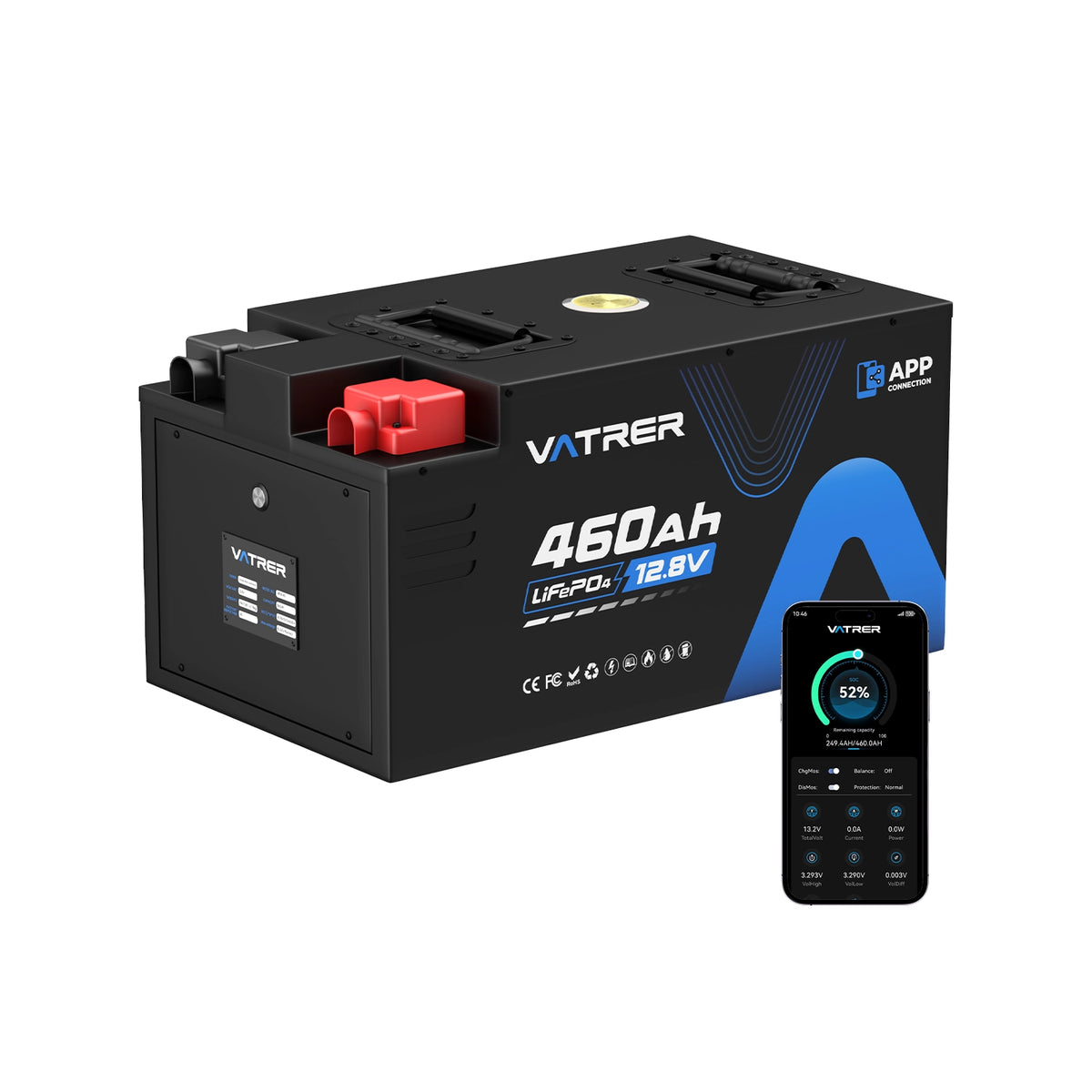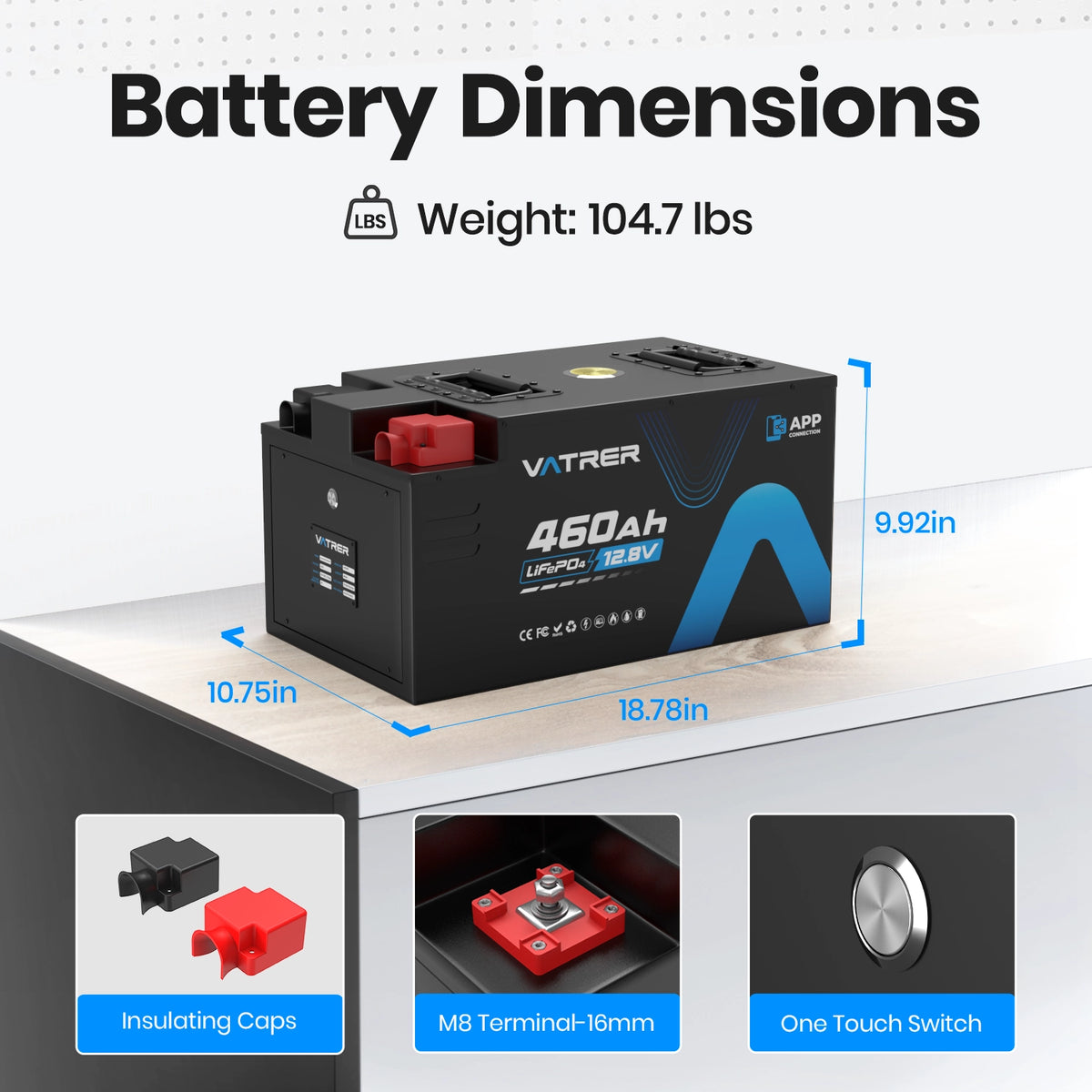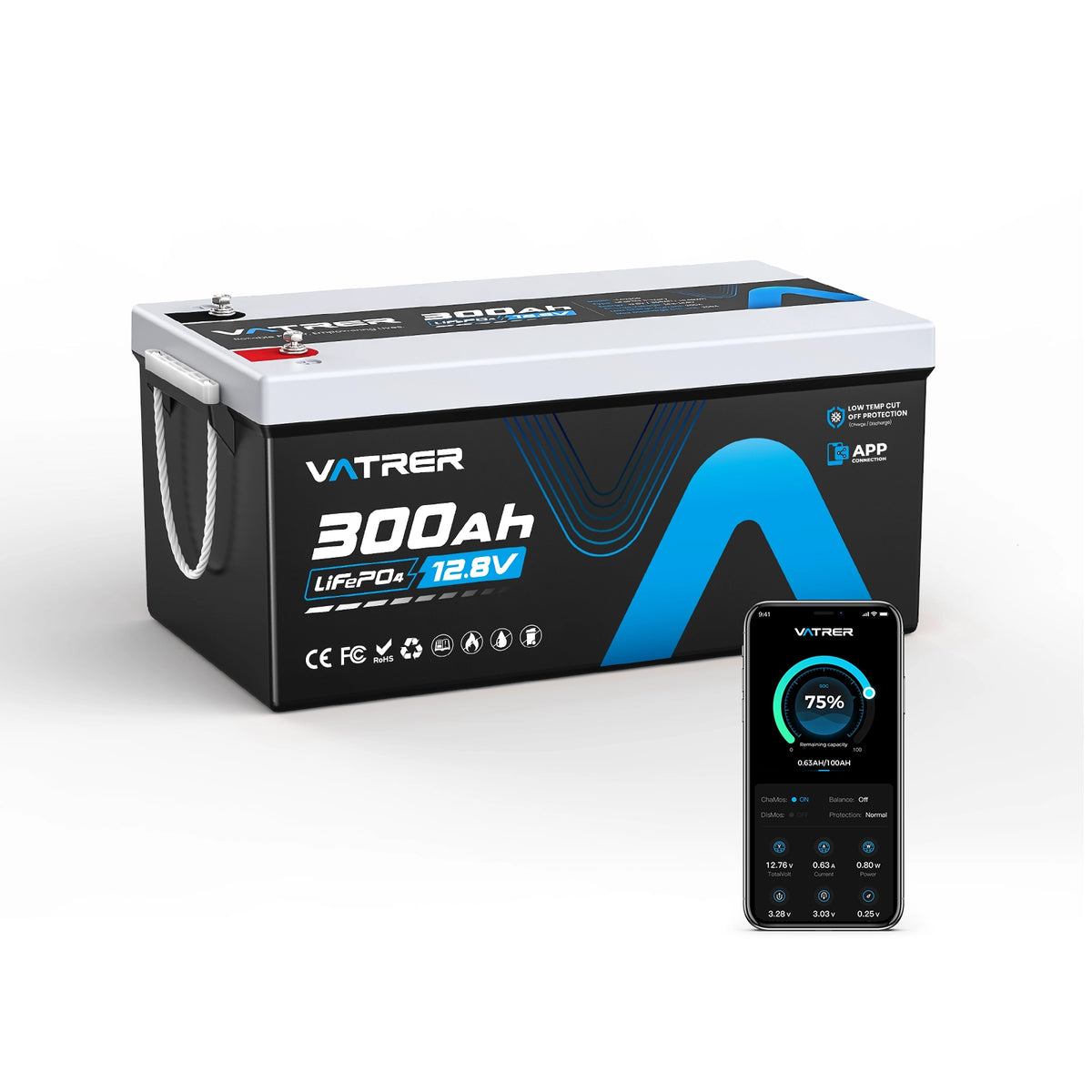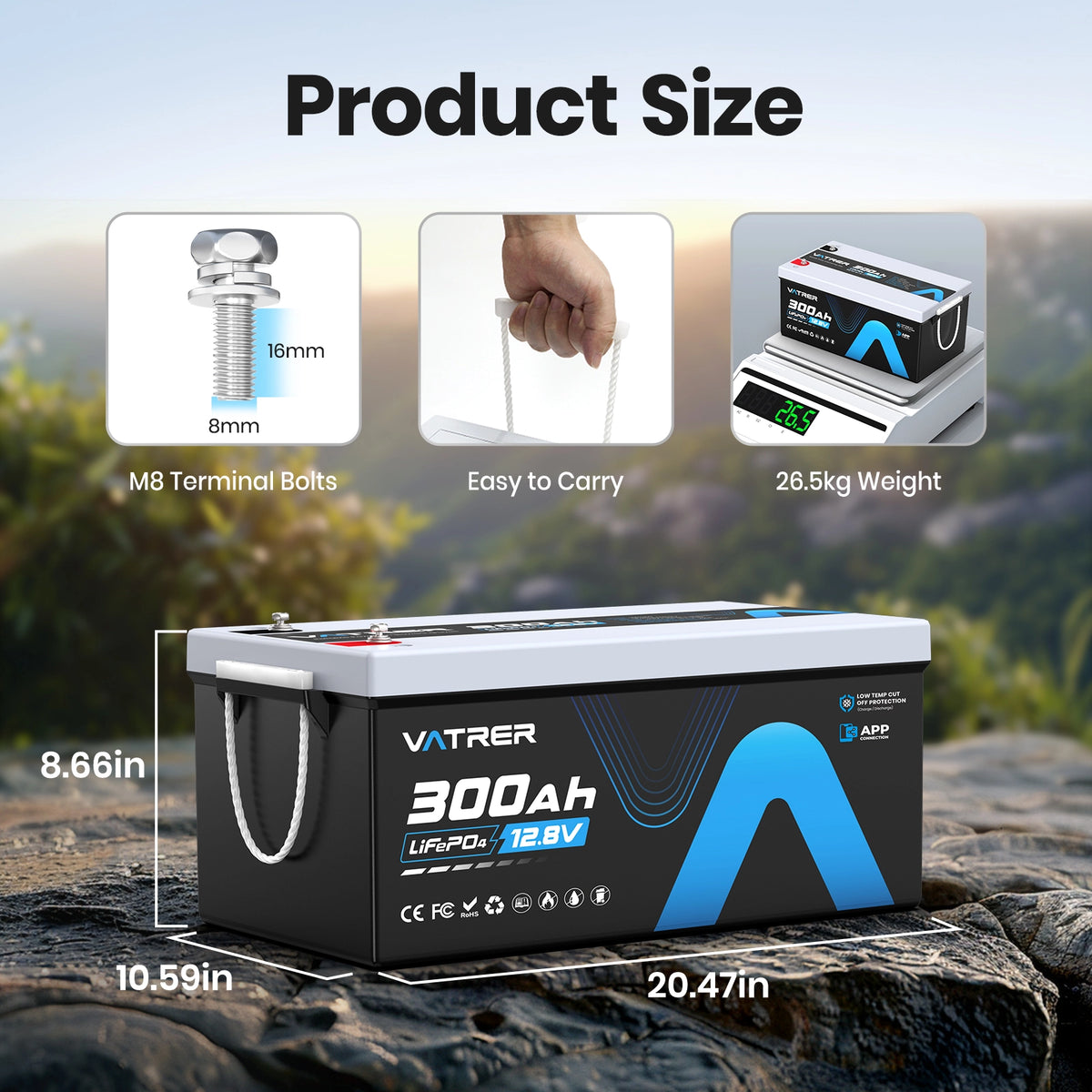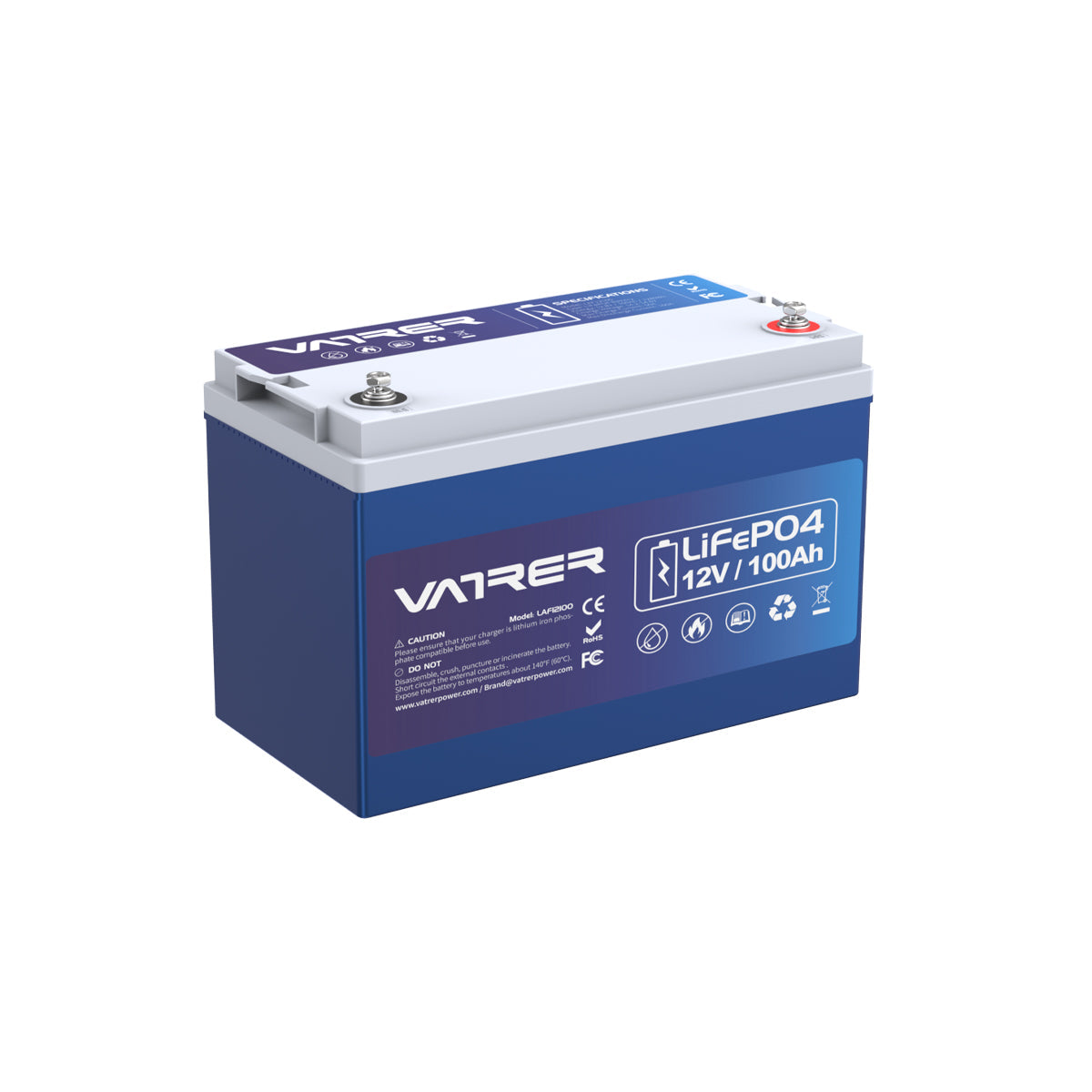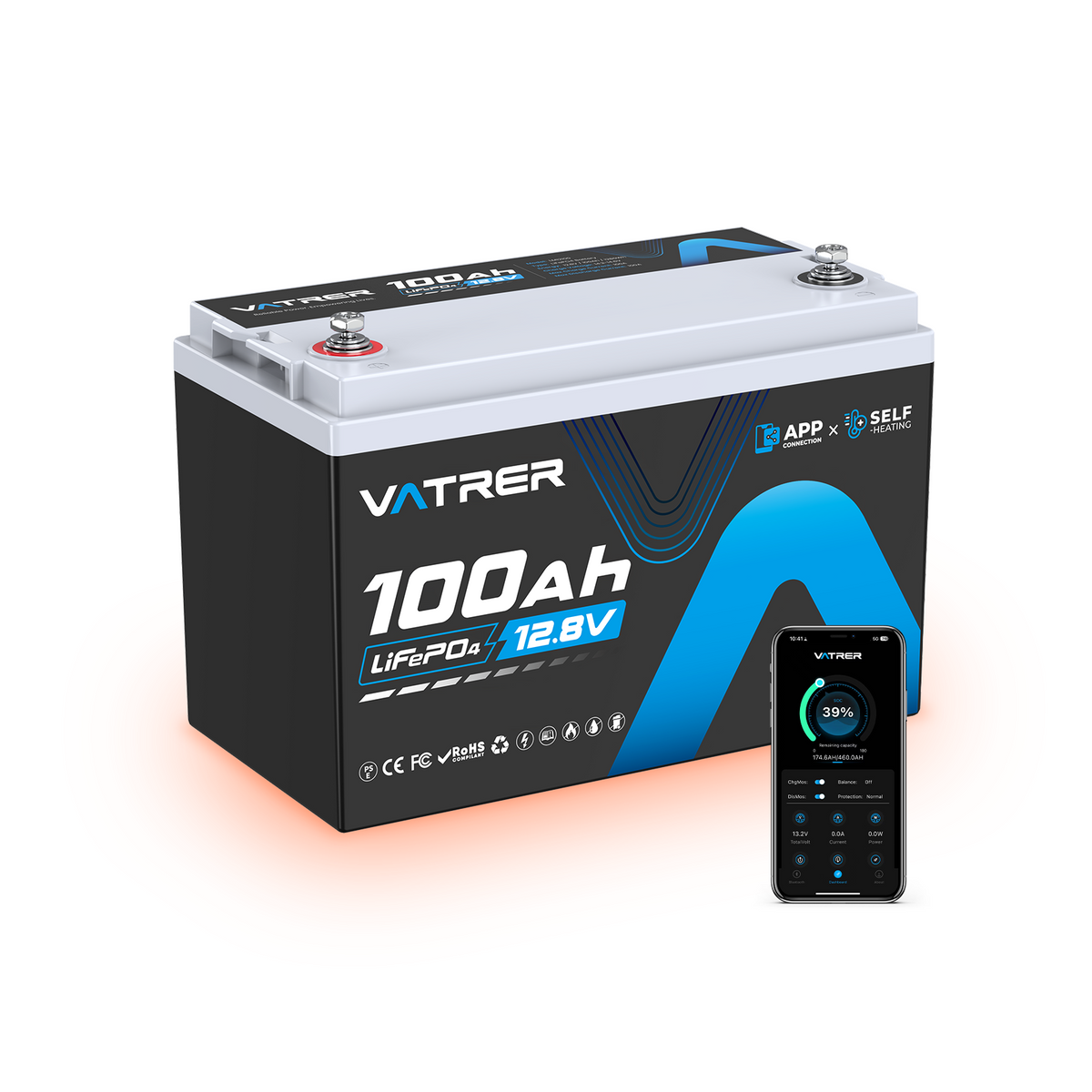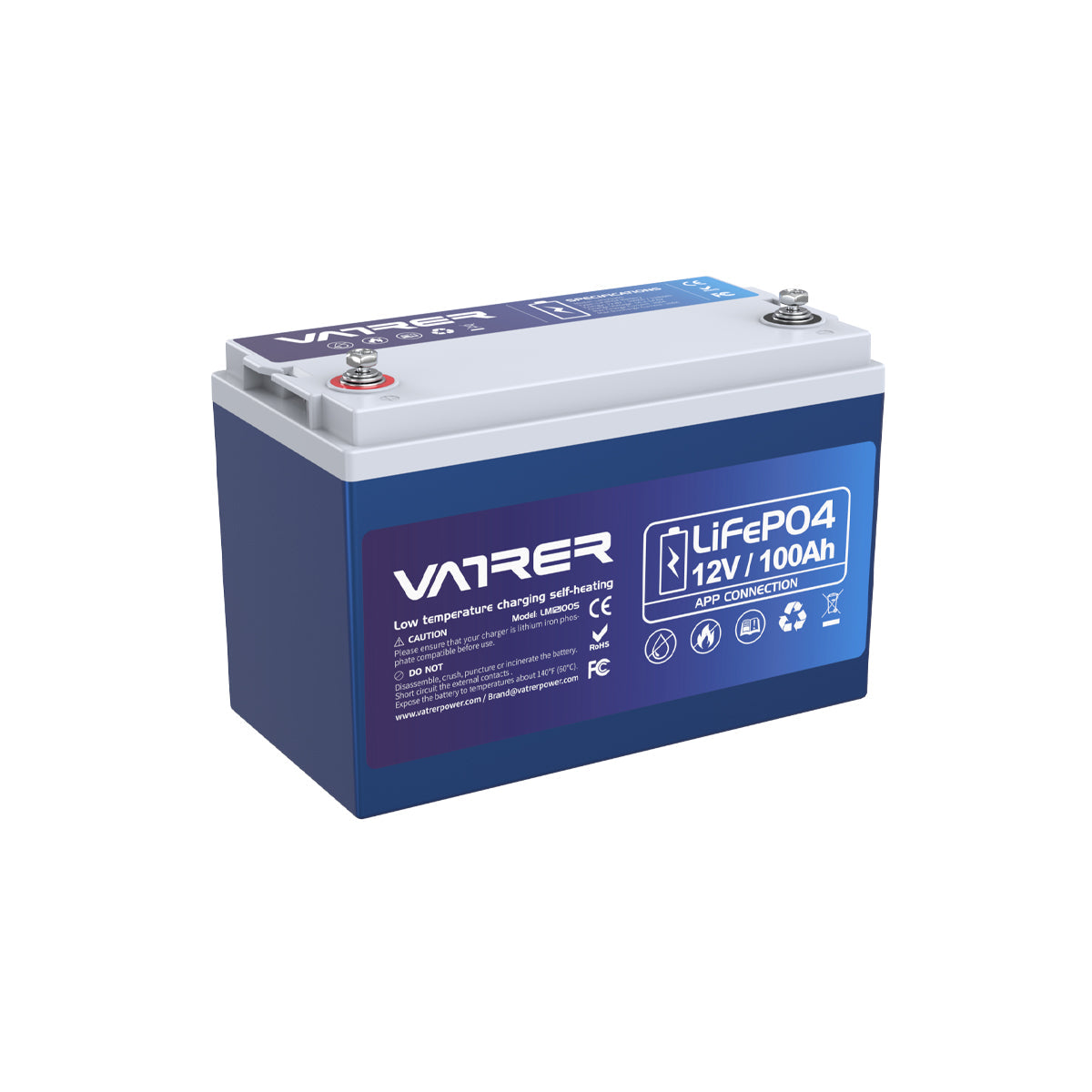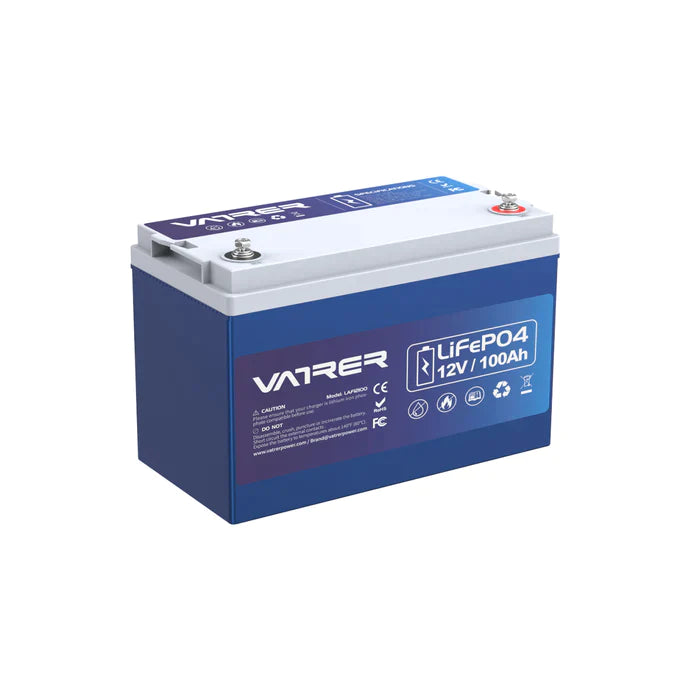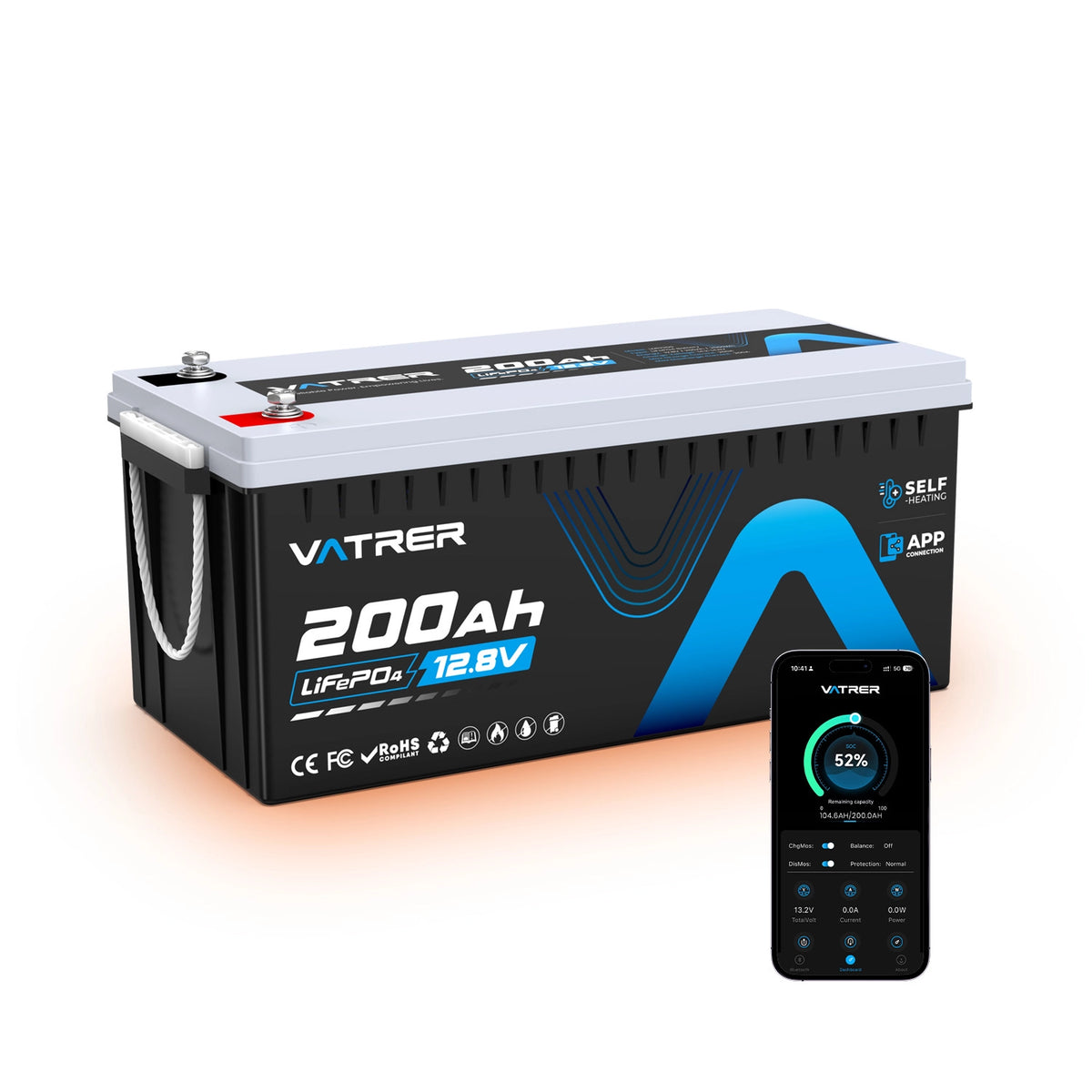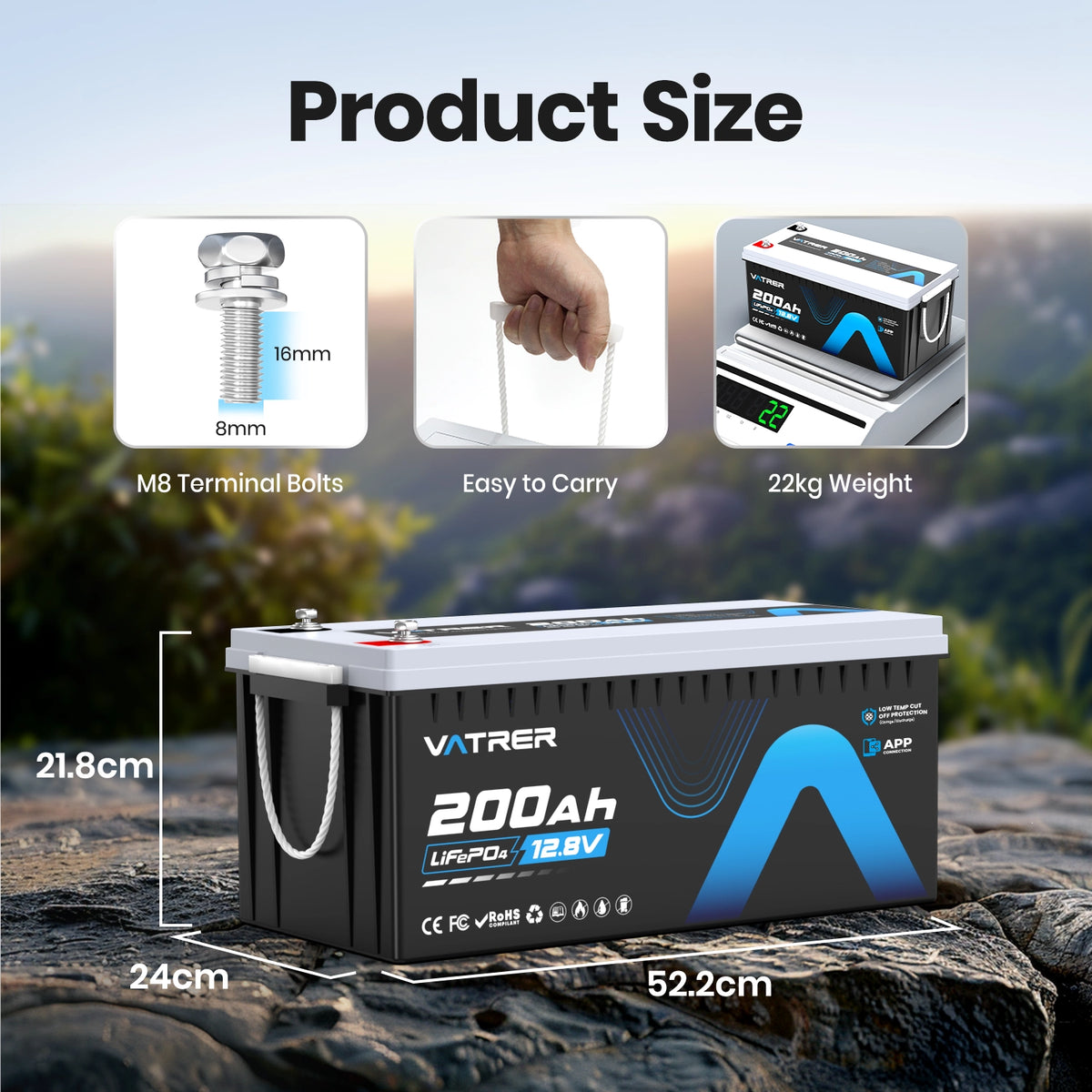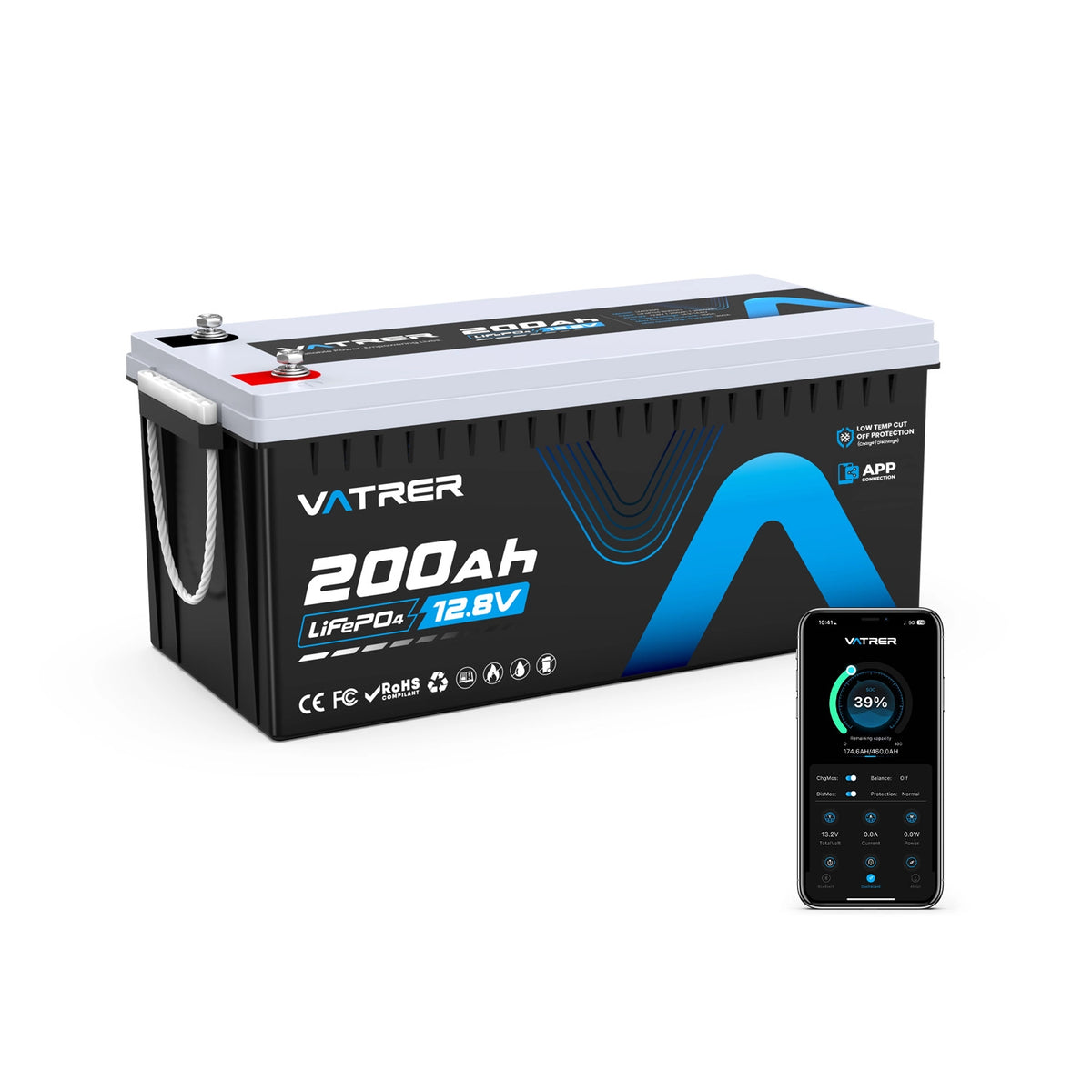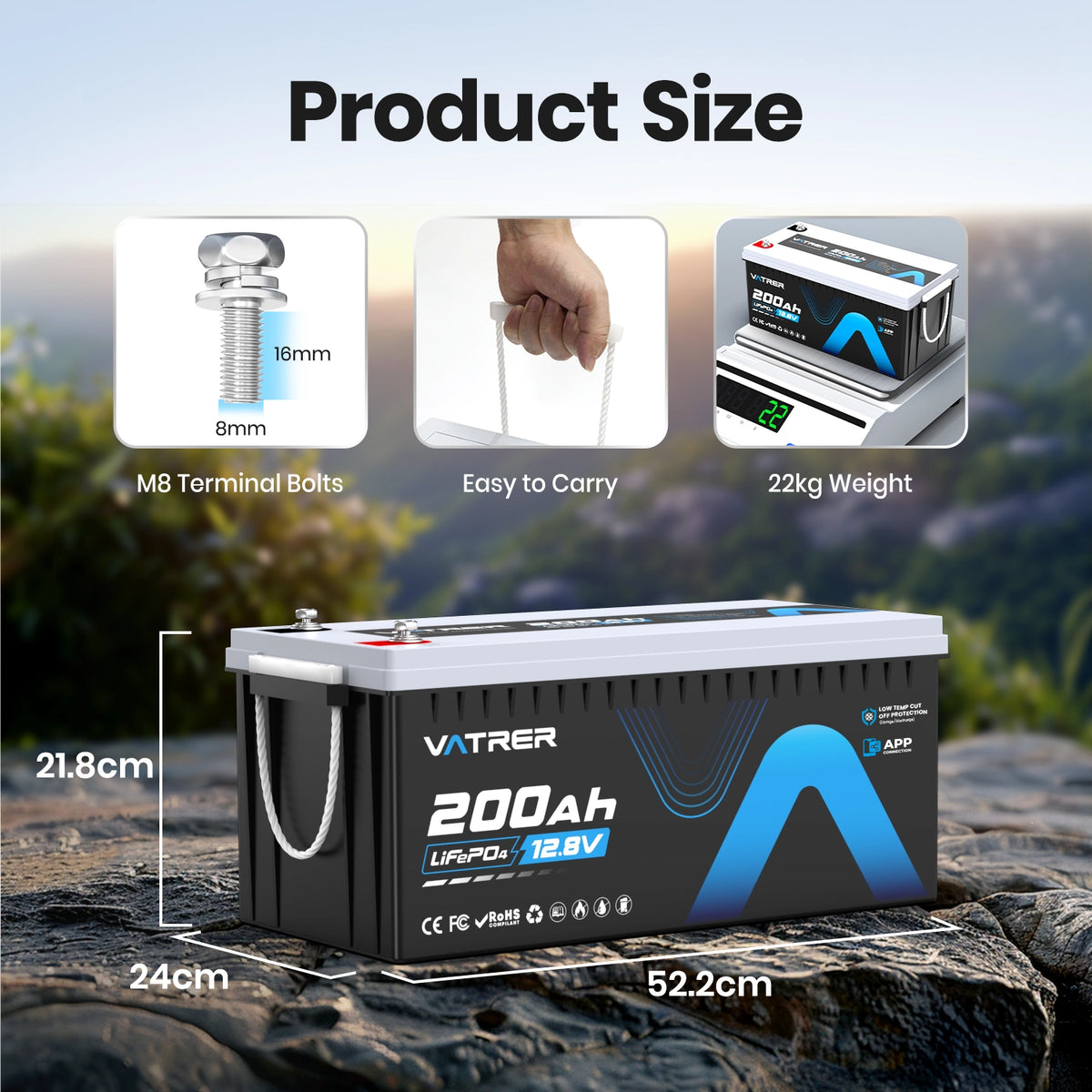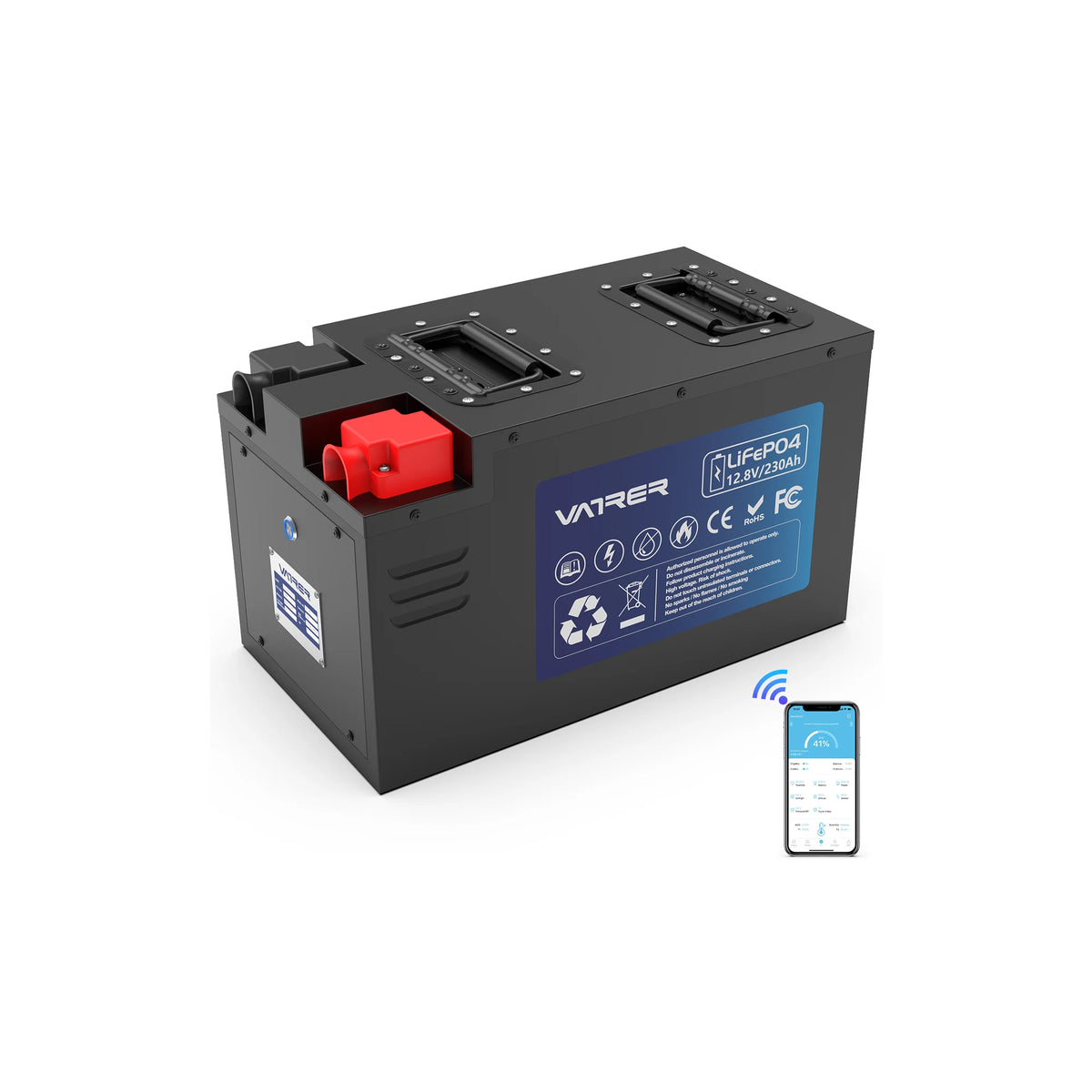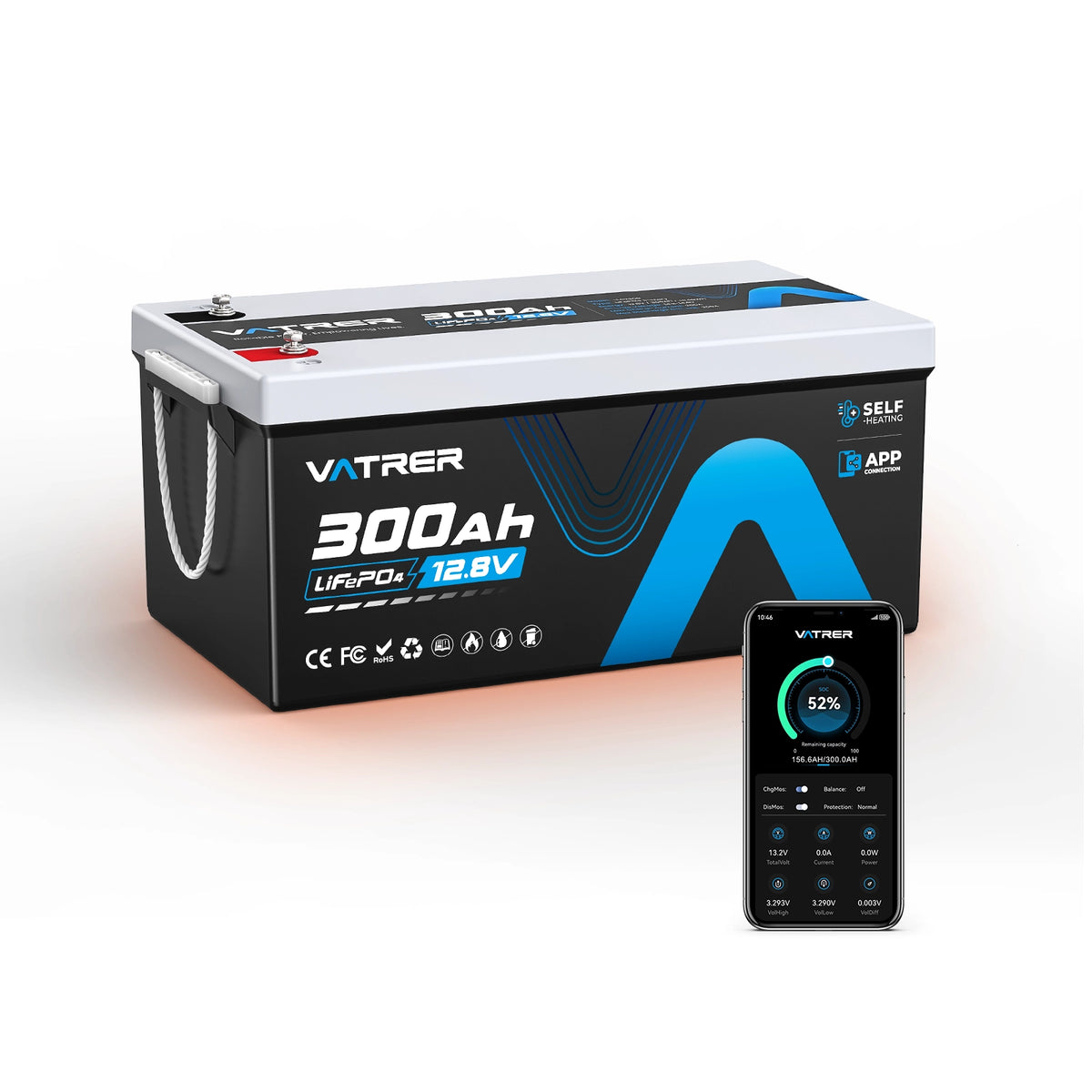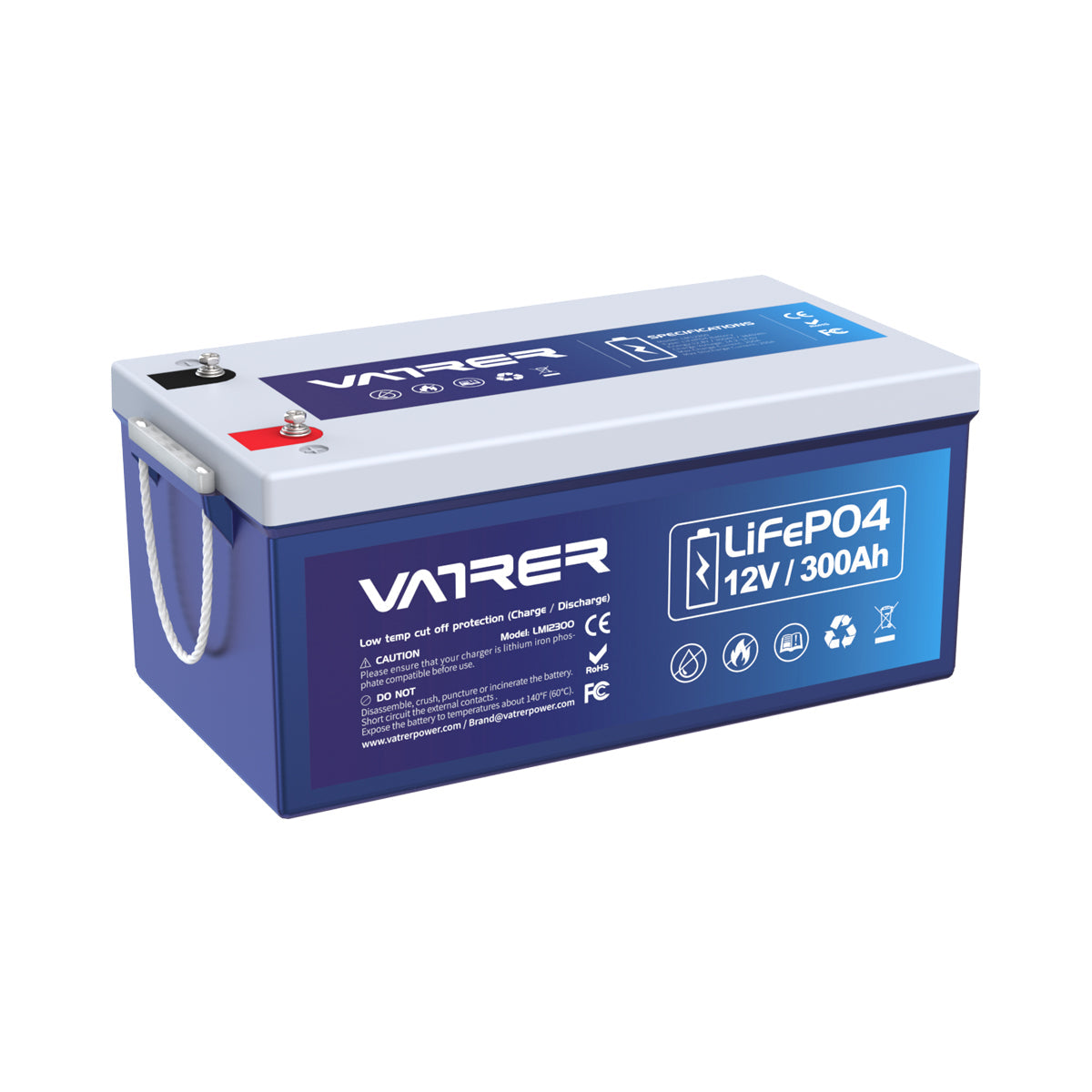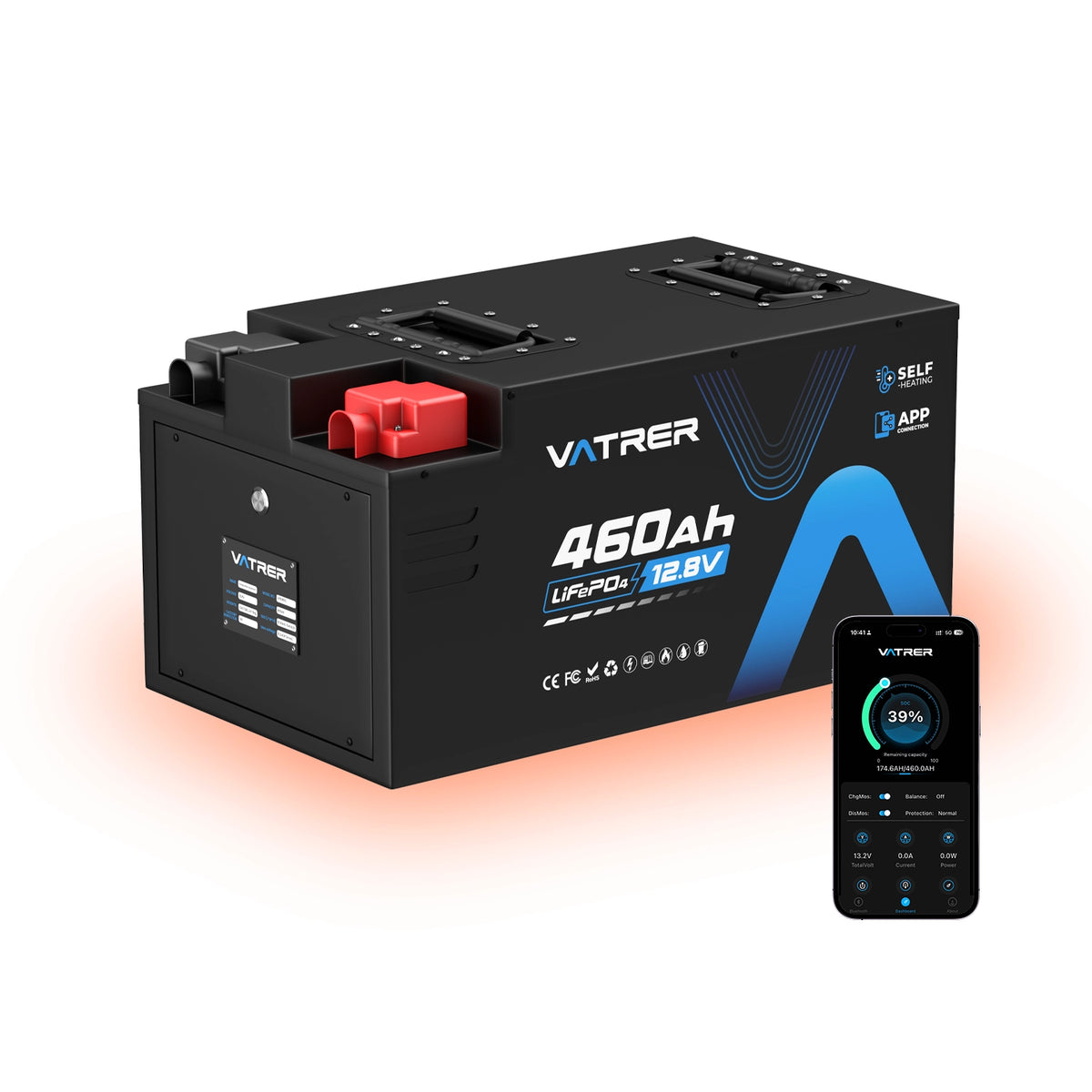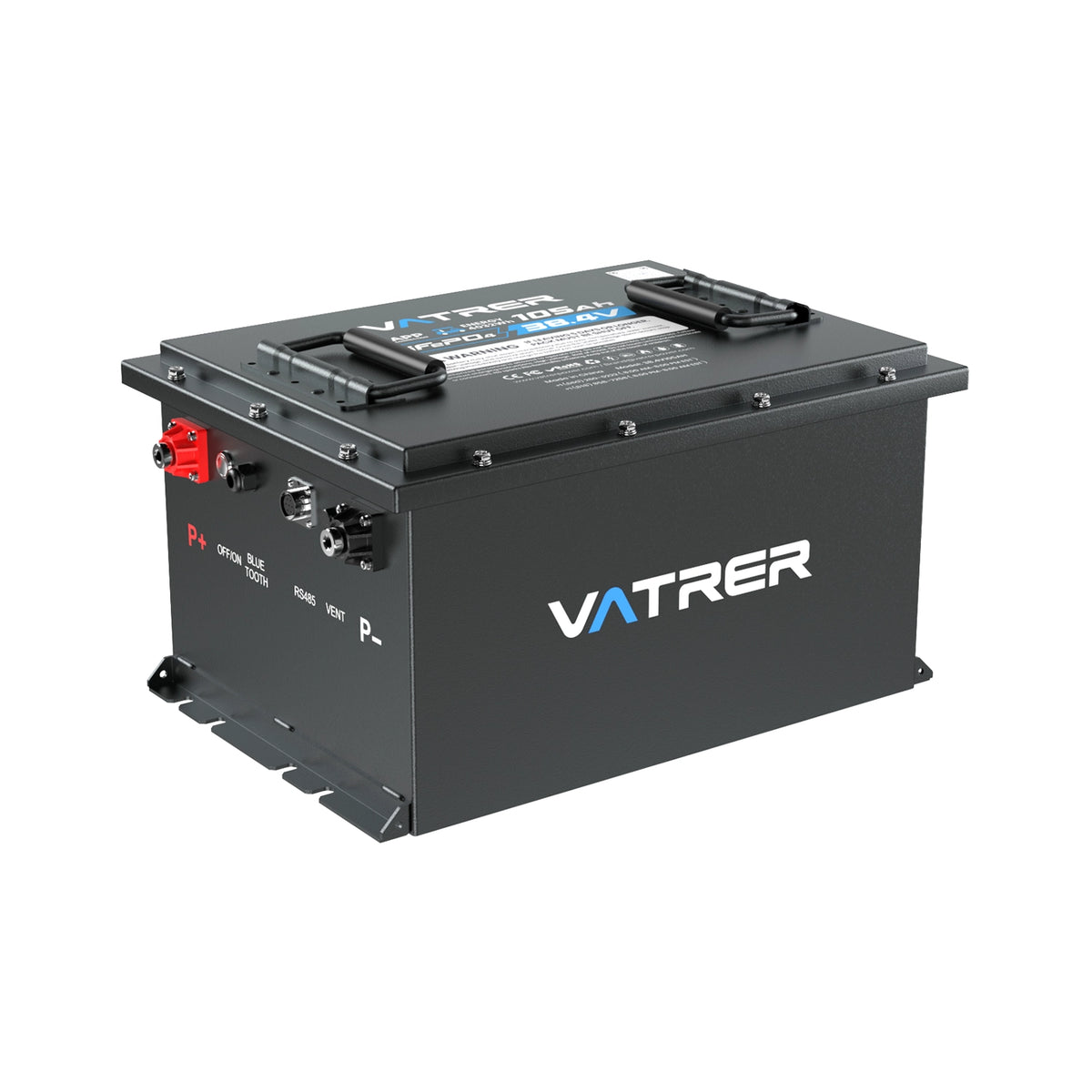Golf carts are a convenient and fun way to get around golf courses, gated communities, and even some workplaces. However, nothing halts the fun like a dead battery. Understanding what can kill a golf cart battery is crucial for any owner looking to maximize the lifespan and performance of their vehicle. Here, we’ll explore the most common factors that lead to golf cart battery demise and how to prevent them.

1. Improper Charging
One of the biggest enemies of golf cart batteries is improper charging. This can include both undercharging and overcharging:
- Undercharging: Frequently not charging the battery to full capacity can lead to 'sulfation'. Sulfation occurs when lead sulfate crystals build up and harden on the battery’s plates, which reduces the battery's ability to hold a charge.
- Overcharging: Conversely, overcharging your battery can cause 'overheating', which leads to excessive water loss and plate corrosion.
Prevention Tip: Always use a charger that matches the specifications of your battery and ensure it is fully charged after each use but not left on the charger indefinitely.
2. Lack of Regular Maintenance
Neglecting regular maintenance can be detrimental to the health of your golf cart battery. Batteries need periodic cleaning and water refilling (for lead-acid batteries):
- Corrosion: Battery terminals often corrode over time, leading to poor conductivity and reduced battery efficiency.
- Water Levels: Lead-acid batteries require water to maintain their electrolyte levels. Low water levels can lead to plate exposure and damage.
Prevention Tip: Clean your battery terminals regularly and check the water level every month, refilling with distilled water as needed.
3. Extreme Temperatures
Batteries are sensitive to temperature extremes, whether hot or cold:
- Heat: High temperatures can accelerate the internal degradation of the battery, reducing its lifespan.
- Cold: In contrast, cold temperatures can reduce a battery's capacity and make it harder for it to deliver power.
Prevention Tip: Store your golf cart in a temperature-controlled environment or use insulated battery blankets during extreme weather.
4. Frequent Short Trips
Using your golf cart for frequent short trips can prevent the battery from fully charging, leading to a shortened battery life. This constant state of partial charge can exacerbate the sulfation problem.
Prevention Tip: Allow your golf cart to fully complete its charging cycle and consider longer, less frequent trips to help maintain battery charge levels.
5. Old Age
Like all components, batteries have a finite lifespan. Even with the best care, they eventually lose their ability to hold a charge due to chemical degradation and physical wear.
Prevention Tip: Regular maintenance and proper charging can extend the life of your battery, but be prepared to replace it every few years depending on usage and care.
Conclusion
A healthy golf cart battery not only ensures a reliable ride but also prevents the inconvenience and cost of premature replacement. By understanding what kills a golf cart battery and taking proactive steps to avoid these pitfalls, you can ensure that your golf cart is always ready for another round of golf or a ride around the neighborhood. Remember, the key to battery longevity is maintenance, proper charging, and careful use. Happy golfing!



